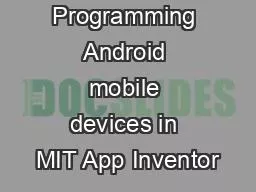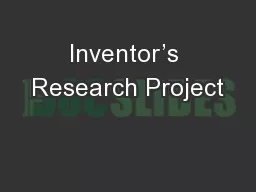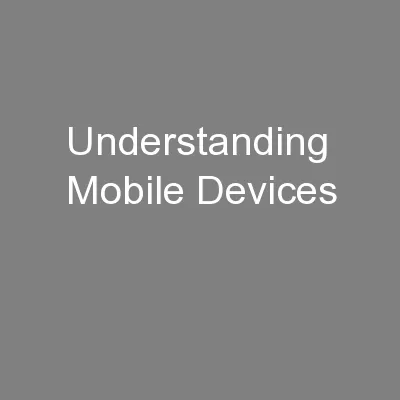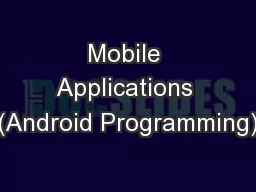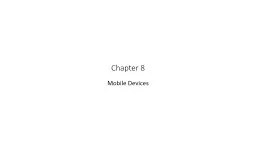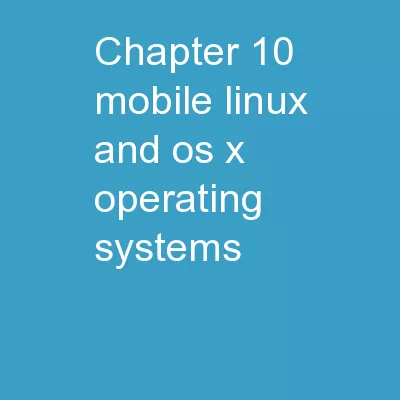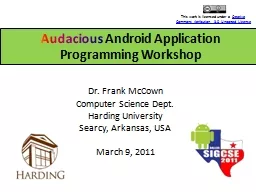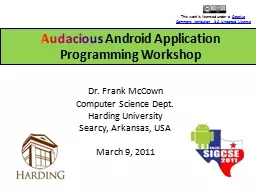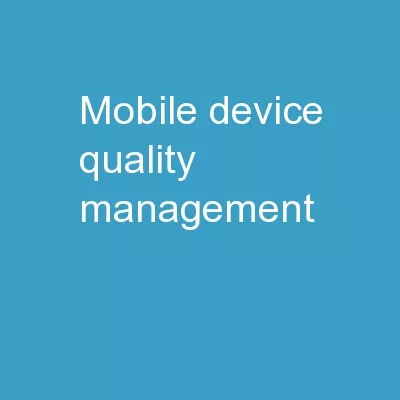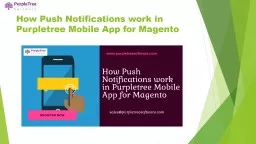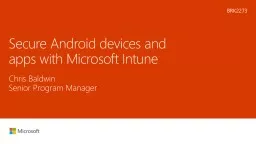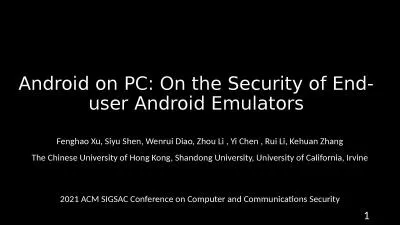PPT-Programming Android mobile devices in MIT App Inventor
Author : bubbleba | Published Date : 2020-08-06
Ľubomír Šnajder Pavol Jozef Šafárik in Košice Slovakia May 20 th 24 th 2019 University of Debrecen Hungary Subject Informatics in Slovakia Elementary
Presentation Embed Code
Download Presentation
Download Presentation The PPT/PDF document "Programming Android mobile devices in MI..." is the property of its rightful owner. Permission is granted to download and print the materials on this website for personal, non-commercial use only, and to display it on your personal computer provided you do not modify the materials and that you retain all copyright notices contained in the materials. By downloading content from our website, you accept the terms of this agreement.
Programming Android mobile devices in MIT App Inventor: Transcript
Download Rules Of Document
"Programming Android mobile devices in MIT App Inventor"The content belongs to its owner. You may download and print it for personal use, without modification, and keep all copyright notices. By downloading, you agree to these terms.
Related Documents

